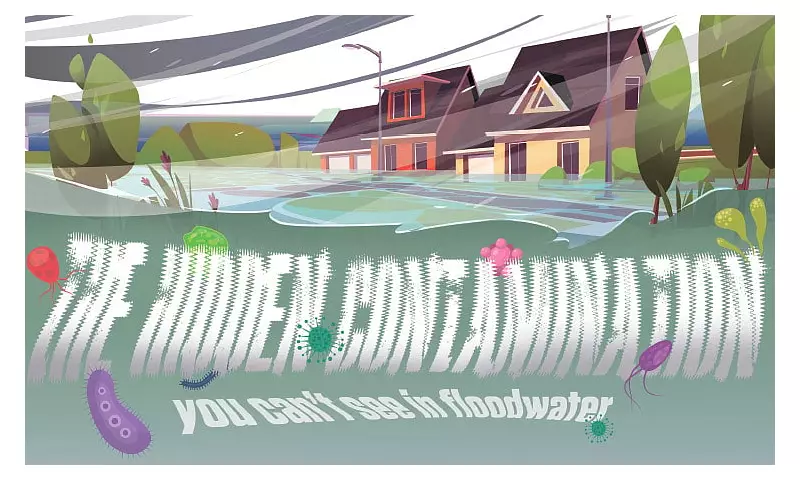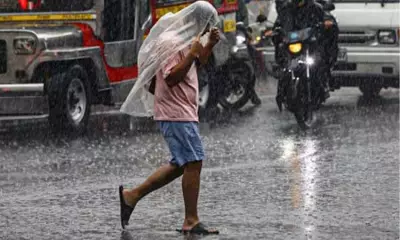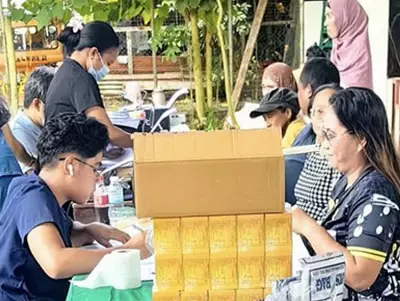
When Typhoon Tino, known internationally as Kalmaegi, struck Cebu on Tuesday, November 4, 2025, it left a trail of immediate and devastating flooding. Streets vanished under water, homes were inundated, and families faced the grim task of evacuating in the dark.
In the chaotic days following a disaster like this, health concerns can often be overshadowed by the immediate struggle for survival. However, it is precisely during this period of exhaustion and disrupted routines that dangerous illnesses begin to silently take hold.
Invisible Threats in the Water
Floodwaters are not just water; they are a toxic mix carrying bacteria, animal urine, and untreated wastewater. This contamination, though invisible, can easily spread to people's clothing, hands, food containers, and any open wounds. The standing water and humid heat also create the perfect environment for mosquitoes to multiply rapidly.
According to guidance shared by the Department of Science and Technology from the American Journal of Clinical Medicine, water-borne diseases become a primary health threat after floods. Leptospirosis is a major concern, as it is often contracted through flood water contaminated with animal urine. Symptoms like sudden fever, chills, and muscle pain can appear anywhere from two to 28 days after exposure.
Other critical water-borne illnesses include typhoid fever, which causes sustained fever and headaches within three to 14 days, and cholera, which can trigger severe watery diarrhea and vomiting in a matter of hours. Both require specific medical treatments, with cholera demanding immediate rehydration.
The Surge of Mosquito-Borne Diseases
Vector-borne diseases, transmitted by insects like mosquitoes, also become a pressing issue after heavy rains. The World Health Organization (WHO) notes that these blood-feeding insects pick up pathogens from infected hosts and spread them to humans.
Dengue fever is a familiar threat in the Philippines, typically appearing within four to seven days with high fever and pain behind the eyes. Malaria can also develop, with symptoms like fever and chills emerging seven to 30 days after a mosquito bite. While rare in the country, yellow fever is another disease to be aware of, as it causes fever, nausea, and abdominal pain.
Community Response and Protection Guidelines
In response to the crisis, local doctors and clinics have stepped up to offer support. Dr. Ma. Isabel Buscas-Docejo, based in Talamban, took to social media to offer free messaging consultations and prescriptions for leptospirosis prophylaxis for those affected by Typhoon Tino. Similarly, UCMed provided free leptospirosis consultations from Wednesday, November 5, to Friday, November 7, 2025.
The WHO emphasizes that prevention is key. The most critical step is to ensure drinking water is safe by boiling or chlorinating it. Strict hygiene must be practiced: avoid using floodwater for cleaning or cooking, and always wash hands with soap and clean water after any contact with floodwater.
To combat mosquito-borne diseases, use insect repellent, wear long sleeves and pants, and sleep under mosquito nets, especially in areas with stagnant water. It is also vital to avoid walking or driving through floods due to hidden dangers like chemicals and electrical hazards. Discard any food that has touched floodwater and thoroughly clean and disinfect your home.
Residents are encouraged to check with their nearest clinic, barangay health emergency team, or local telemedicine groups for additional assistance during this recovery period.





